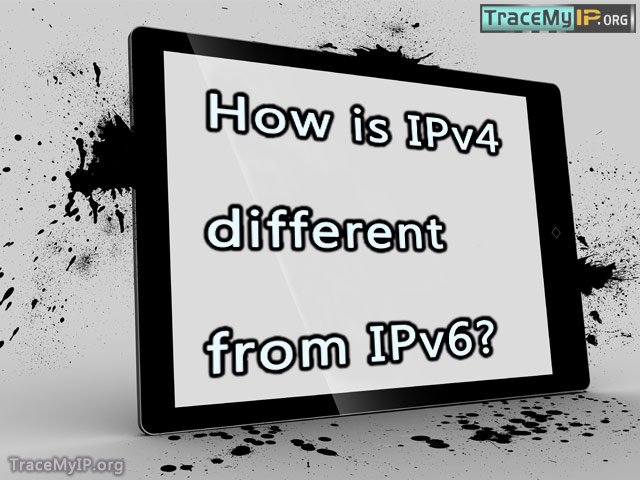How is IPv4 different from IPv6?
IPv6 address format is the successor to IPv4, which is the initial IP address format standard. The primary difference with IPv6 address is its availability. It also provides additional features, such as simplified IP address assignment, network renumbering, and IP announcements for the router nodes. While the 32bit IPv4 address pool is virtually exhausted and allowed somewhere around 4.3 billion addresses to be created, IPv6 is 128bits and can provide 3.4W1038 unique IP addresses.
Sign up to instantly track website visitors IPs!

Currently, some of the web servers are not configured to handle IPv6 connections, meaning an IPv6 client cannot connect to an IPv4 server. Thus, an implementation called IPv4-6 tunneling is created mostly on an ISP level to allow an IPv6 client to connect to an IPv4 host. Some devices such as tablets, laptops, phones and desktop PCs need their software updated in order to support the new IPv6 IP address format.
Who visits your website? Sign up to find out!
